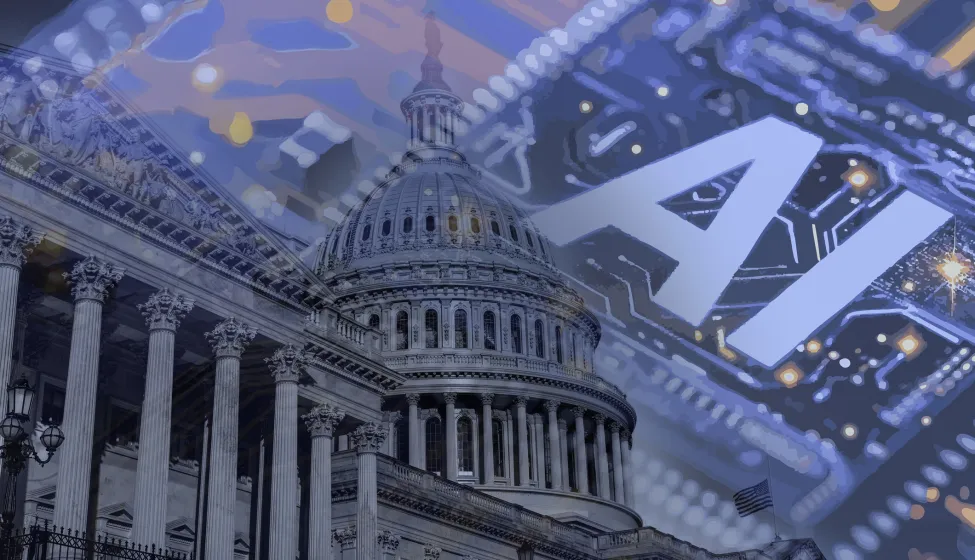October 10, 2025
Executive Summary
Generative AI is advancing at a dramatic pace, driving innovation while reshaping the intellectual property landscape. This surge has been accompanied by a wave of disputes: since 2020, thousands of AI patent lawsuits have been filed worldwide, with generative AI-related litigation in the U.S. rising sharply and involving leading technology and software companies. Given the complexity and overlap of GenAI technologies, patent boundaries are often blurred, heightening the risk of conflict. For business leaders, the message is clear: IP strategy is inseparable from innovation strategy. Organizations that integrate deep technical knowledge combining both domain- and AI-specific expertise will be best equipped to safeguard and defend their generative AI breakthroughs. Exponent's well-established history in the intellectual property space demonstrates the value of bringing together multidisciplinary perspectives to meet the demands of new and evolving patent litigation and the complex specificities of generative AI technologies.
How can domain-specific technical expertise support mounting AI patent infringement and intellectual property disputes?
The rise of generative AI (GenAI) is redefining technology and reshaping the intellectual property landscape. The World Intellectual Property Organization's 2024 Patent Landscape Report on Generative Artificial Intelligence highlights the scale of this growth: patent filings in the field jumped from fewer than 800 in 2014 to more than 14,000 in 2023, while academic publications expanded from just 100 to over 34,000 in the same period. By 2023, GenAI represented 6.1% of nearly 230,000 total AI-related patent families.
With this boom has come mounting contention. Since 2020, more than 1,000 AI-related patent lawsuits have been filed globally, nearly two-thirds of them in the U.S., where GenAI patent litigation has surged by 500% since 2021. As major technology and software companies become entangled in these cases, the implications of this trend are becoming clear: innovation and market positioning will increasingly hinge on the ability of stakeholders to rigorously defend their AI-driven IP.
As GenAI reshapes industries from healthcare to finance, companies must advance their technological capabilities while preparing for a future marked by fierce IP competition, complex licensing negotiations, and rising disputes. Technical expertise will be crucial to navigating this new world of GenAI IP. Without it, companies could overlook critical aspects of emerging technologies, compromising the significant investments required to develop GenAI products and bring them to market.
What are the different types of GenAI?
Many technologies are labeled as "AI" and in the complex world of IP litigation, minute differences matter. Generative AI, or GenAI, is a specific technology used to create content (e.g., text, images, audio, and video) typically via a user prompt. When facing patent and IP suits involving GenAI, it's important to know the differences and similarities among current GenAI technologies. GenAI can generally be categorized into the following models:
- Generative Adversarial Networks: Generative adversarial networks (GANs) consist of two neural networks: a generator, which creates output content, and a discriminator, which evaluates how realistic that content is. During training, the two engage in an adversarial "zero-sum" game: the generator strives to produce content that can fool the discriminator, while the discriminator learns to distinguish real data from generated outputs. Through this iterative minimax optimization, the generator gradually improves its ability to produce highly realistic content.
- Large Language Models: Large language models (LLMs) are typically implemented as generative pre-trained transformers — neural networks trained on vast text corpora that capture long-range word dependencies using self-attention mechanisms from natural language processing. LLMs can generate coherent, contextually relevant content that closely mimics human language, effectively capturing its subtleties and nuances.
- Variational Autoencoders: Variational autoencoders (VAEs) are AI models that compress data into compact representations and then reconstruct them. This process allows the model to capture the essential features of the data, generate meaningful outputs, and avoid overfitting, making it effective for tasks like data generation and feature extraction.
- Autoregressive Models: Autoregressive (AR) models generate predictions based on previous values in a sequence, a key feature that sets them apart. In the context of GenAI, AR models are typically feed-forward networks trained on sequential data, using past and current values to forecast future outcomes.
- Diffusion Models: A diffusion model is a neural network inspired by non-equilibrium thermodynamics, designed to generate content like its training data. It works through a forward diffusion process, gradually adding noise to data inputs, and a reverse denoising process, removing noise step by step to reconstruct the input and produce new, realistic content.
Generative AI models often overlap, creating potential conflicts between patents. For example, an LLM can be considered a type of autoregressive model, meaning patents in one category could challenge or invalidate patents in another. Moreover, some patents focus on applications rather than underlying technology. Understanding these technical overlaps can help business leaders inform patent strategy, anticipate disputes, and support organizations in protecting and leveraging their innovations effectively in a rapidly evolving AI patent landscape.
How can technical experts support GenAI patent disputes?
For lawyers and companies handling patent infringement and intellectual property cases involving GenAI, a combination of both AI- and domain-specific expertise is essential. Patent disputes often turn on nuanced interpretations of technical terms and claims, which can vary widely depending on the field of application. Because of this, disputes cannot rely solely on general technical understanding. Interpretation depends on how a "person of ordinary skill in the art" would understand the claim within a particular field — a standard that itself may vary across domains.
The 2024 Patent Landscape Report on Generative Artificial Intelligence identifies 21 distinct application areas for GenAI, spanning industries such as life sciences, transportation, energy, agriculture, and telecommunications. Each of these fields brings unique terminology and context. For example, the term "vector" may describe a mathematical object in engineering, an organism that transmits disease in biology, or a gene delivery mechanism in biotechnology. Determining the meaning most relevant to the invention is critical for accurate patent interpretation.
Experienced, credible experts will also understand nuances and advancements within the industry, enabling them to challenge the validity of patents or respond to claims made by opposing parties. What is considered patentable in one technical domain may be ineligible, anticipated, or even obvious in another. This strategic advantage can be pivotal in IP litigation, where high stakes and outcomes can significantly impact a company's operations, financial health, and future projections.
Successfully navigating the complexities of GenAI patents requires the ability to interpret technical claims accurately, assess the novelty of innovations, and understand how AI solutions are applied within specific industries.
IP disputes are even more complex when it comes to questions involving GenAI patents. Technical experts must not only understand the application and position of the patent within its relevant landscape but also be able to review source code, examine training data, understand how AI components are integrated within their specific technical context, identify the generative AI technologies in use, and determine whether they align with the specifics outlined in the patent's language.
For instance, when assessing a software solution that uses GenAI for microgrid energy management, a power systems expert can evaluate energy-related data and their relevance to the patent, while an AI expert can determine whether the GenAI technologies employed meet the patent's technical requirements. In practice, this requires building cross-disciplinary teams that can bridge legal, scientific, and engineering perspectives. Such collaboration allows for more precise claim construction, stronger infringement analysis, and more effective litigation strategies, supporting patents that are interpreted in alignment with their intended scope and industry context.
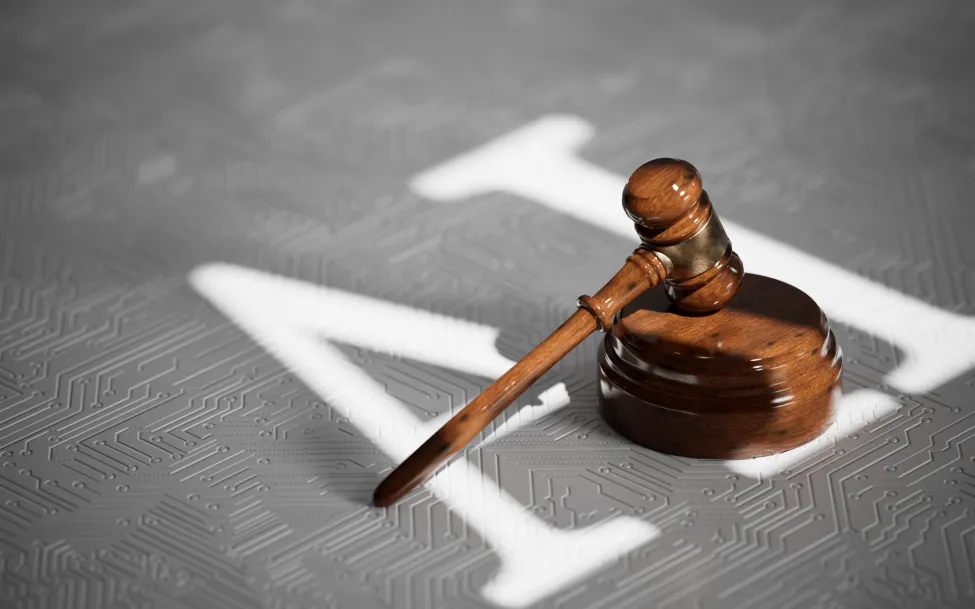
The future of GenAI and patent infringement
The rapid rise of GenAI has led to a significant increase in patent filings and IP disputes across various industries. As AI technologies evolve and become more deeply integrated into products and services, organizations face heightened risks as well as opportunities related to IP claims.
For business leaders, this environment underscores the critical importance of deep technical and domain expertise. Successfully navigating the complexities of GenAI patents requires the ability to interpret technical claims accurately, assess the novelty of innovations, and understand how AI solutions are applied within specific industries. This expertise is also vital for detecting potential infringement risks, whether proactively protecting your own innovations or defending against external claims.
In the event of a dispute, specialized knowledge enables companies to conduct thorough investigations — such as source code analysis, product deconstruction, and data review — to build a robust legal case. Collaboration between AI specialists and domain experts ensures that all aspects of the technology are thoroughly examined and clearly communicated to legal teams, judges, or regulatory bodies.
Ultimately, being informed about evolving AI technologies and having the right expertise in place are crucial for safeguarding your company's competitive advantage. Proactive preparation can strengthen your IP position and help capitalize on new opportunities while managing legal and reputational risks in a fast-changing landscape.
Frequently Asked Questions
What Can We Help You Solve?
Exponent's multidisciplinary consultants leverage deep technical and domain expertise to craft precise patent infringement or invalidity contentions based on scientific and engineering facts. Our combination of industry knowledge and fluency in AI-specific applications enables us to easily identify what is needed to prove or defend against infringement accusations.

Electrical Engineering & Computer Science Expertise for Intellectual Property
Leverage best-in-class electrical engineering and computer science consulting for IP challenges

Disputes
Get an independent, expert opinion for understanding challenges based on science, evidence, and data.

ITC Section 337 Investigations
Objective insights on infringement, domestic industry, and patent validity for high stakes ITC Section 337 investigations.
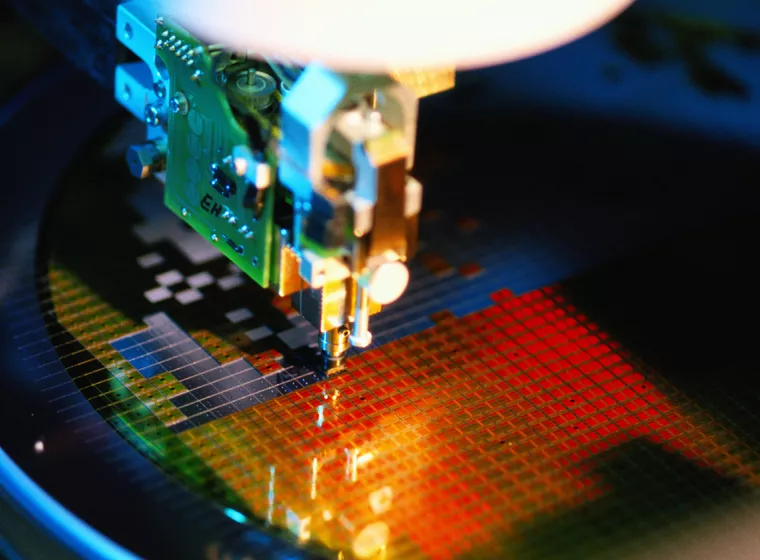
Electrical Engineering & Computer Science
Understand your most formidable performance, safety, security, and compliance challenges.
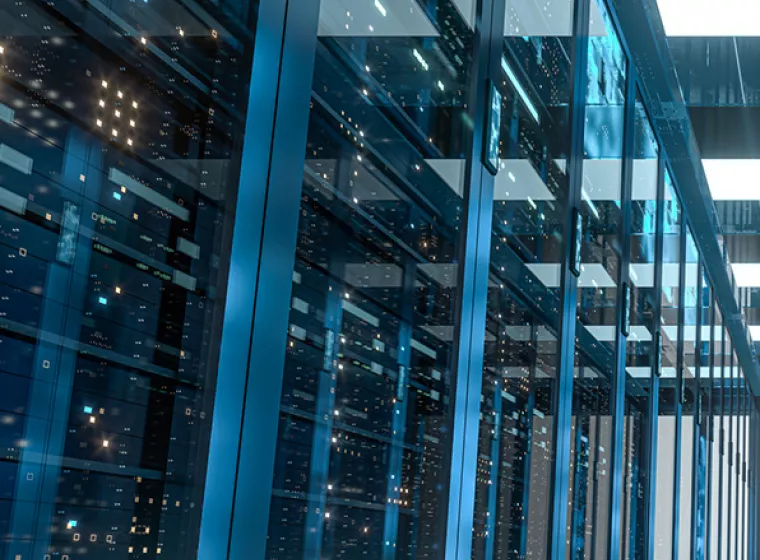
Software & Computer Science
Push your technology further without compromising reliability or security.
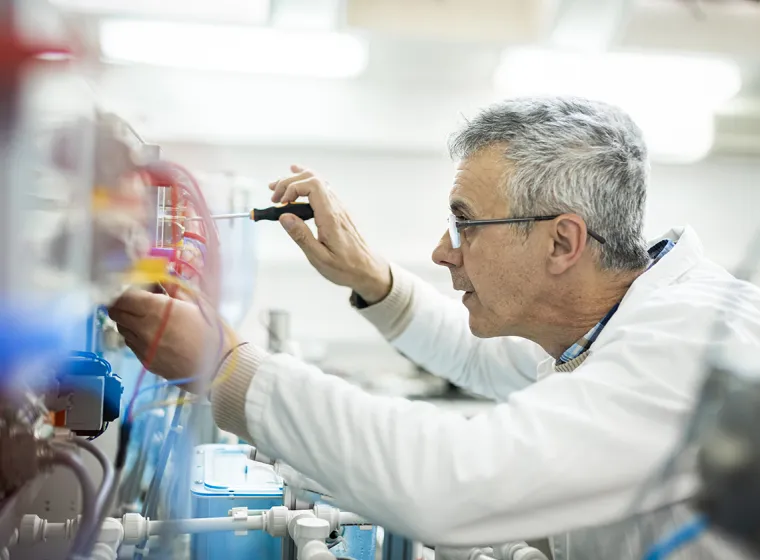
Reverse Engineering Consulting
Reverse engineering for failure analysis, design validation, and gathering evidence in litigation cases.
